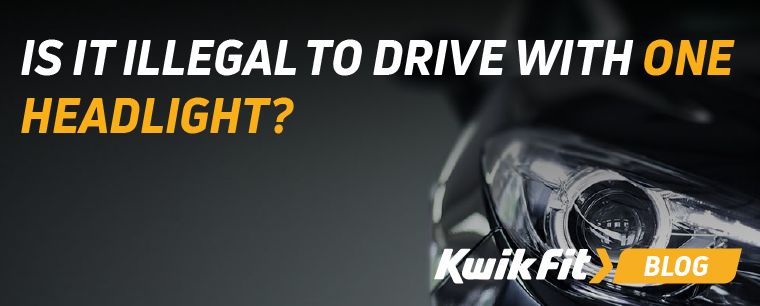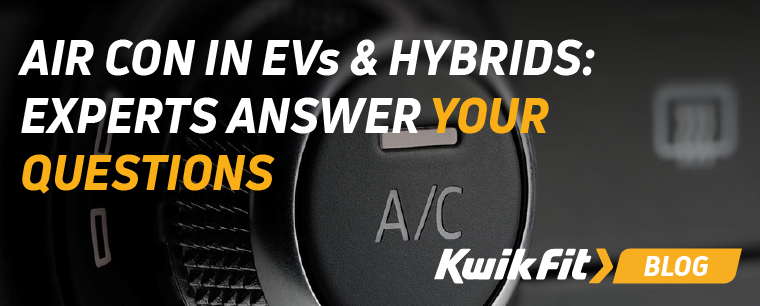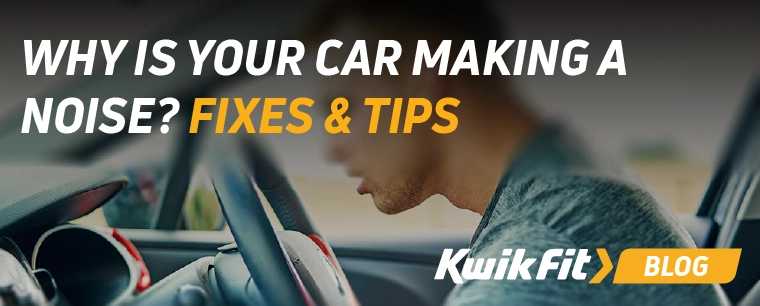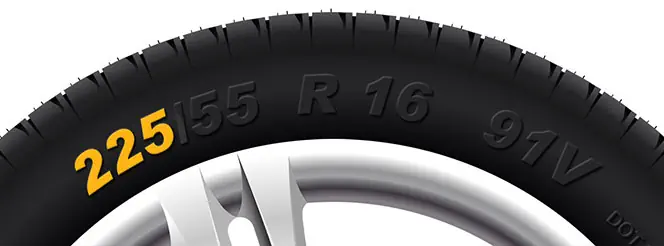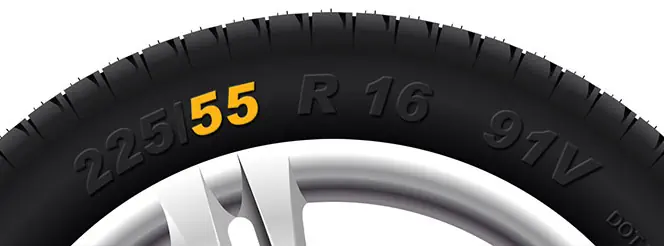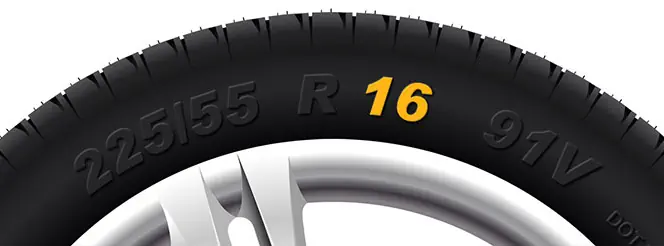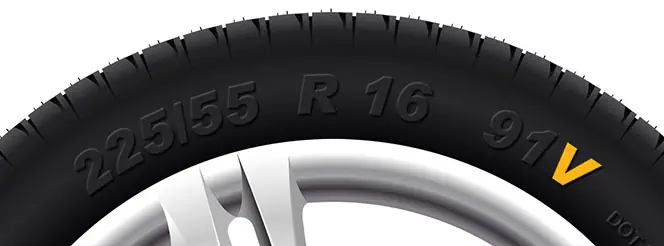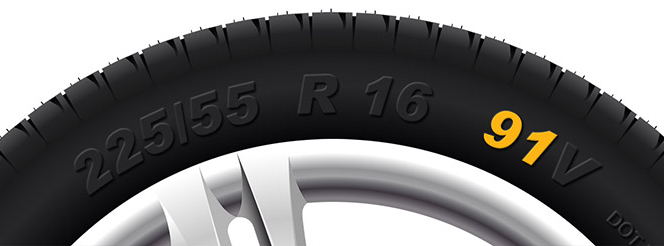What Could Fail Your Next MOT?
Kwik Fit | Tuesday 6th October 2020 2:20pm
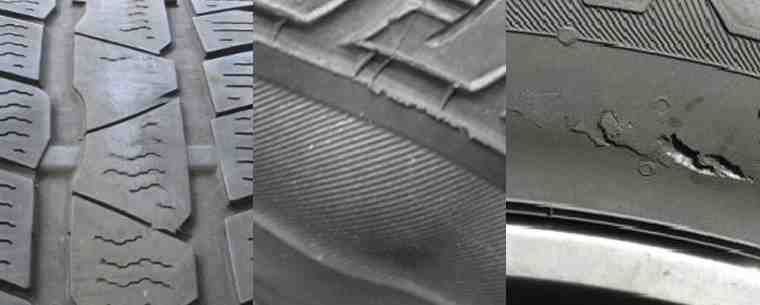
As part of your MOT, check a mechanic will check the following on your vehicle: wheels, lights, fuel system, vehicle emissions, steering, wipers and washers, suspension, horn, windscreen, mirrors, doors, brakes, vehicle identification number, horn, and your exhaust system.
Issues with any of the above that may impact the driverís, passengersí, or other road users' safety will almost definitely cause a vehicle to fail its MOT.
The condition of the engine, the clutch, or the gearbox arenít covered by the MOT as a sudden engine failure or an inability to go into a certain gear is unlikely to cause an accident Ė youíre still able to break and wait for breakdown assistance.
If you depend on your vehicle, donít judge its health only by issues flagged in an MOT Ė get regular, dependable servicing from your local Kwik Fit garage.
What is covered in an MOT?
Almost half of all MOT test failures are due to minor issues that the driver could have checked and addressed before the test. Things as simple as screen wash needing topping or clutter obscuring windows can be causes of a vehicle failing its MOT.

The government website lists the entire list of parts tested in the MOT. Weíve covered below some of the main things to be aware of so that you can either address them yourself or take them to a qualified mechanic for remedial work.
1. Electricals
All lights need to work, be the same colour, and not be obscured by stickers or debris. If your lights donít turn on with a single switch, take your car to a qualified mechanic to address the wiring fault.
Indicators need to perform consistently and be clearly visible, so making sure the indicator covers are clean is also a great benefit.
The horn must sound as normal and be able to emit a continuous, monotone note.
If the battery is loose or shows signs of having leaked, it will likely need to either be tightened or replaced.
If you see any frayed or loose cables, consult a qualified auto mechanic. The same applies to cable connections for tow bars.
Dashboard warning lights usually indicate problems with your vehicle, if they stay on after youíve started your car, look up what the warning symbols mean and have the faults repaired.
2. Perishables
Things that take a lot of wear and tear, such as tyres, will need to be checked and replaced if they do not meet minimum safety requirements (1.6mm tread depth).
You can test the minimum tread depth by putting a 20p coin into the tread pattern of your tyre. If the outer border is hidden then it is above the legal depth. Be sure to check this across the whole width of the tyre as well as around the whole circumference.
Any bumps, bulges, or other damage to the tyres will likely lead to replacement tyres being required.
Power steering fluid, engine oil condition, and screen wash are all perishable things you should also check.
3. Mechanicals
Steering and suspension need to be in good condition. Excessive corrosion on things such as shock absorbers will be inspected and could cause your vehicle to fail the MOT test.
Exhaust holes and damage are usually an issue not only for the functioning of the exhaust system but also for the emissions of your vehicle.
Similarly, if you can smell fuel or see fuel residue under your car when itís been parked overnight, your fuel system will need to be checked and likely repaired.
Brakes are really important to keep on top of. If you notice your car pulling to the side when braking, or notice that your braking isnít as sharp as it used to be, you should have them looked at by a professional. Similarly, make sure that your handbrake hasnít stretched. If you find yourself having to pull it up more than you did before, go have it tightened.
Other interior mechanicals such as seatbelts are worth checking too; do all seat belts extend fully, stop properly, and fasten adequately?
4. Visibility
Your ability to see the road and other road users (as well as pedestrians) is vital. Broken mirrors or wipers, or windscreens obscured by damage, debris, or stickers will likely fail your MOT.
Clutter and rubbish inside your car can also cause an MOT failure as rubbish falling underneath the driving pedals Ė or otherwise obscuring the driverís view from any window Ė can be dangerous.
5. Miscellaneous
If you have a custom number plate, make sure that it uses the correct typeface and spacing. Failing to do so can result in a fine of up to £1000.
You should also ensure that your number plate is fully visible and not obscured by dirt or mud. If it has become worn for whatever reason, you should apply for a replacement.
These are some of the key things that mechanics will look for during an MOT inspection, and are some of the most common reasons why a vehicle can fail it.
If you have an upcoming MOT and need reliable servicing, get in touch with your local Kwik Fit garage today.
Any facts, figures and prices shown in our blog articles are correct at time of publication.
Featured Articles
Is it Illegal to Drive With One Headlight?
Saturday 19th July 2025
Wondering if itís illegal to drive with one headlight? Learn about the safety risks and penalties of illegal blown bulbs and why you should fix them promptly.
Air Con in EVs & Hybrids: Experts Answer Your Questions
Monday 30th June 2025
Does air con drain EV batteries? Can you use the air con while charging an electric car? Find out the answers to these questions & more from Kwik Fitís experts.
Why Is Your Car Making a Noise? Fixes & Tips
Friday 13th June 2025
When your car starts making unexpected noises, it can certainly be quite disconcerting; it may be nothing to worry about, but hereís what you need to know.


